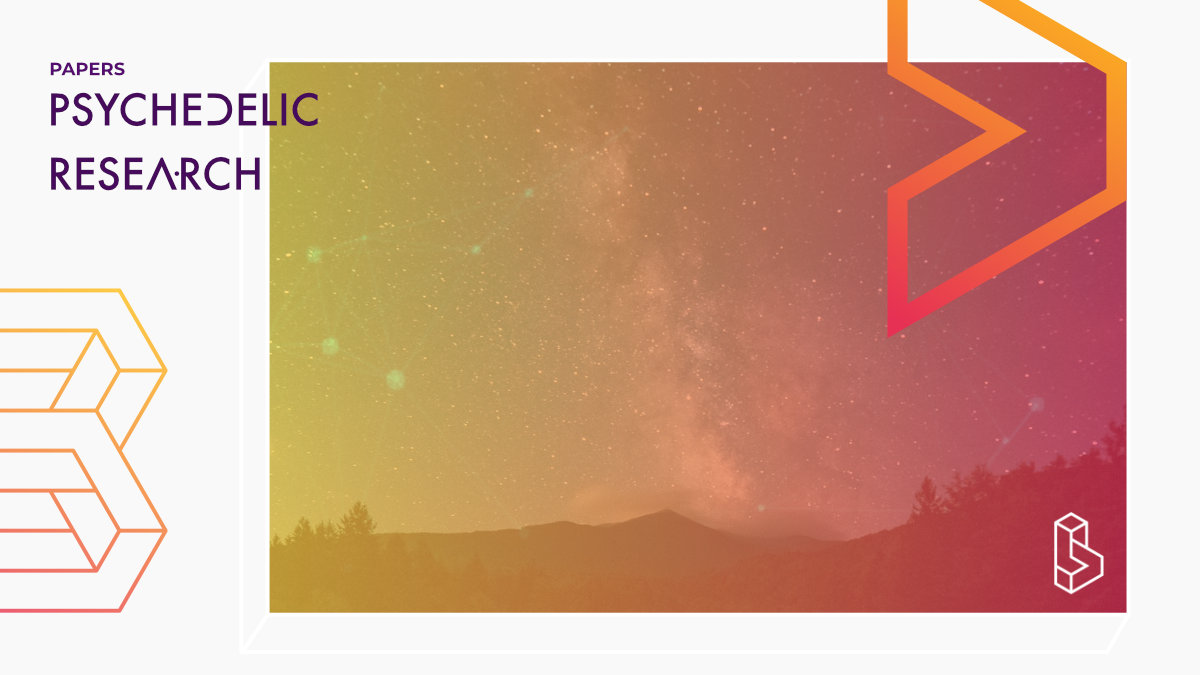This review (2022) explores mescaline’s pharmacological and behavioural effects using preclinical and clinical research. The pharmacological mechanisms of mescaline are similar to those of other classical psychedelics i.e. binding at the 5HT2A receptor. Mescaline can improve well-being and mental health conditions, particularly alcohol use disorder.
Abstract
“Introduction: Mescaline (3,4,5-trimethoxyphenethylamine) is one of the oldest hallucinogens, with evidence of use dating back 5700 years. Mescaline is a naturally occurring alkaloid found in cacti, mainly in the peyote cactus (Lophophora williamsii) and in the cacti of the Echinopsis genus. Since the prohibition of psychoactive substances in the early 70s, research on mescaline and other classical psychedelics has been limited.
Objectives: This article aims to review the pharmacology and behavioural effects of mescaline, focusing on preclinical and clinical research.
Findings: Mescaline is a serotonin 5HT2A/2C receptor agonist, with its main hallucinogenic effects being mediated via its 5HT2A receptor agonist action. It also exerts effects via agonist binding at α1A/2A noradrenaline and D1/2/3 dopamine receptors. Overall, mescaline has anxiolytic-like effects in animals and increases prosocial behaviour, locomotion, and response reactivity. In humans, mescaline can induce euphoria, hallucinations, improvements in well-being and mental health conditions, and psychotomimetic effects in a naturalistic or religious setting.
Conclusion: The pharmacological mechanisms of mescaline are similar to those of other classical psychedelics, like psilocybin and lysergic acid diethylamide (LSD). Mescaline appears to be safe to consume, with most intoxications being mild and easily treatable. Improvement in mental well-being and its ability to overcome alcoholism render mescaline potentially beneficial in clinical settings.”
Authors: Ioanna A. Vamvakopoulou, Kelly Narine, Ian Campbell, Jason R. Dyck & David J. Nutt
Author Highlights
- Mescaline is a naturally occurring alkaloid found in cacti, including the peyote cactus (Lophophora williamsii) and San Pedro cactus (Echinopsis pachanoi).•
- Mescaline is a serotonin 5HT2A/2C receptor agonist that also exerts its effects via agonist binding on dopaminergic D1/2/3 and adrenergic α1A/2A receptors.•
- Mescaline may be useful to treat alcoholism and improve mental well-being in a naturalistic or religious setting.
Summary of Mescaline: The forgotten psychedelic
Abstract
Mescaline is a naturally occurring alkaloid found in cacti, and has been used in psychotherapy since the early 70s.
Mescaline is a serotonin 5HT2A/2C receptor agonist that also exerts effects via agonist binding at 1A/2A noradrenaline and D1/2/3 dopamine receptors. It can induce euphoria, hallucinations, and improvements in well-being and mental health conditions in humans.
Mescaline has similar pharmacological mechanisms to other psychedelics, and is safe to consume. It may be useful in clinical settings.
Find this paper
Mescaline: The forgotten psychedelic
https://doi.org/10.1016/j.neuropharm.2022.109294
Paywall | Google Scholar | Backup | 🕊
Study details
Compounds studied
Mescaline
Topics studied
Safety
Neuroscience
Study characteristics
Literature Review
Authors
Authors associated with this publication with profiles on Blossom
David NuttDavid John Nutt is a great advocate for looking at drugs and their harm objectively and scientifically. This got him dismissed as ACMD (Advisory Council on the Misuse of Drugs) chairman.

